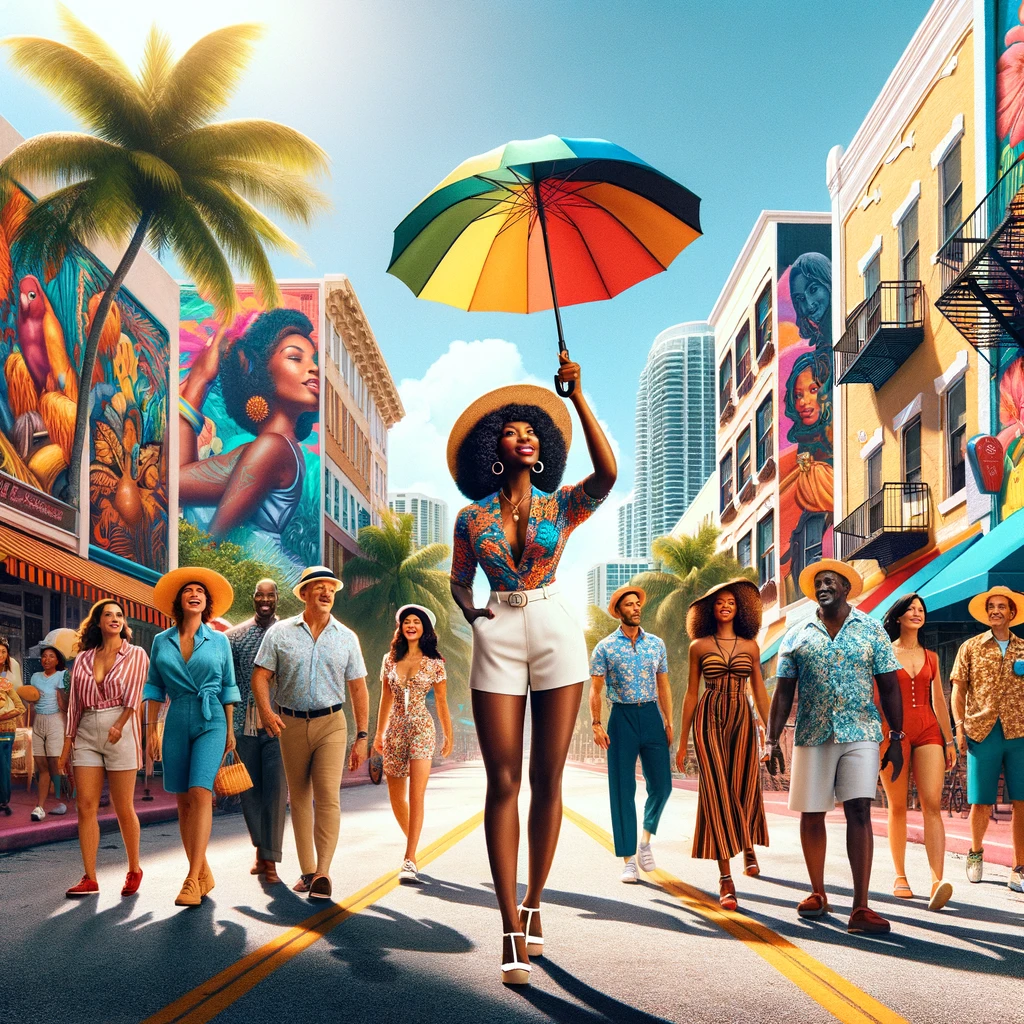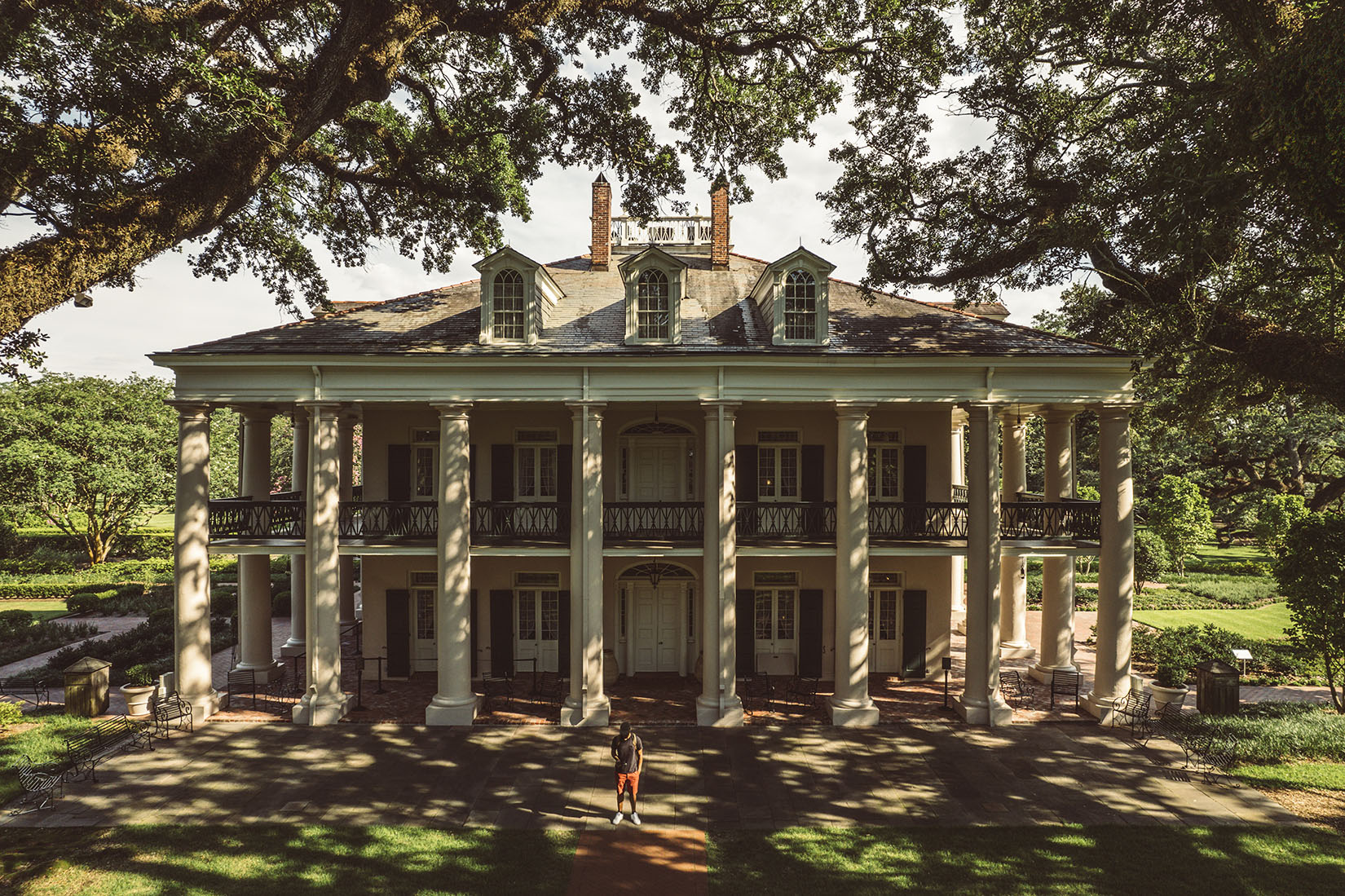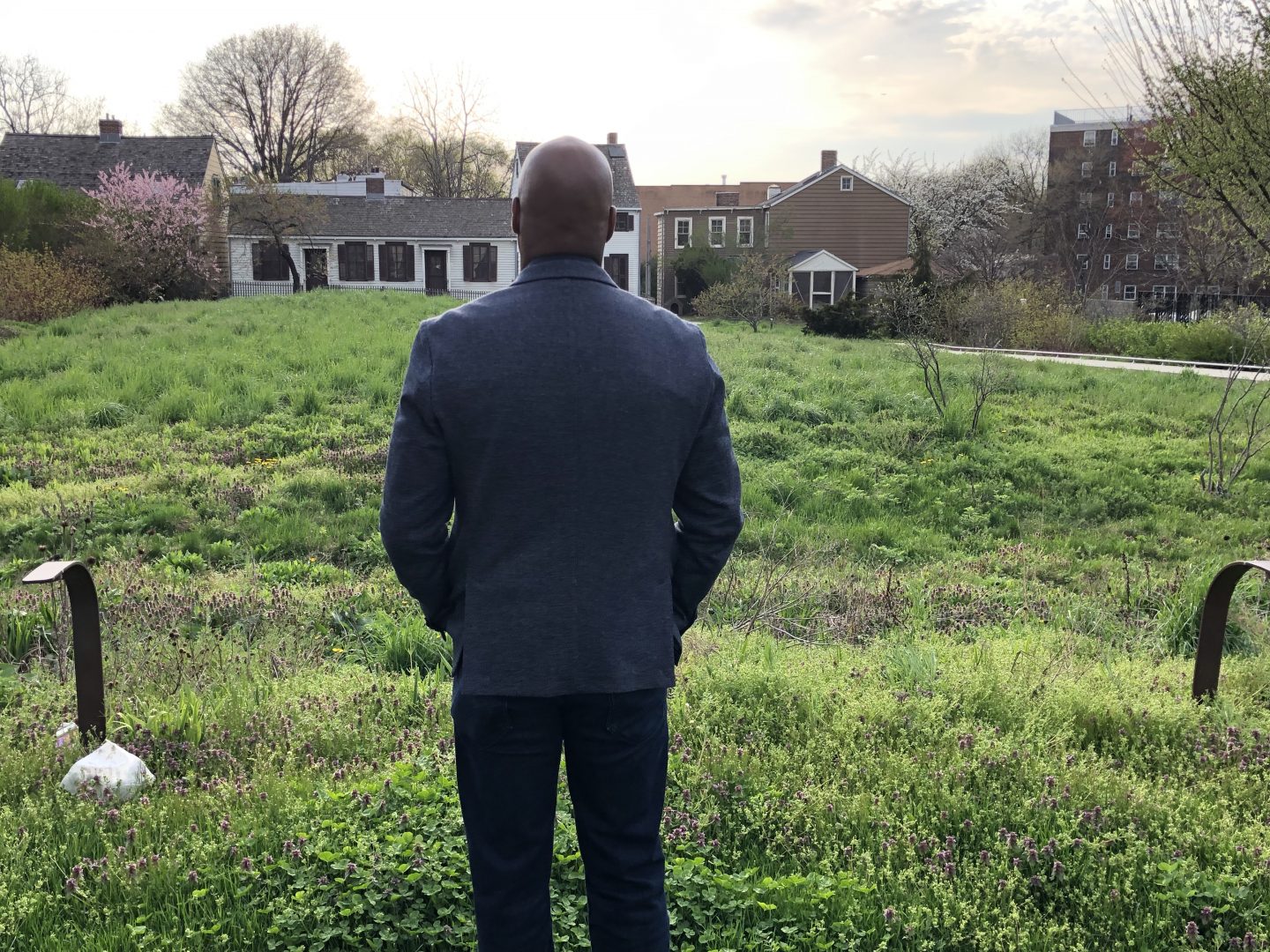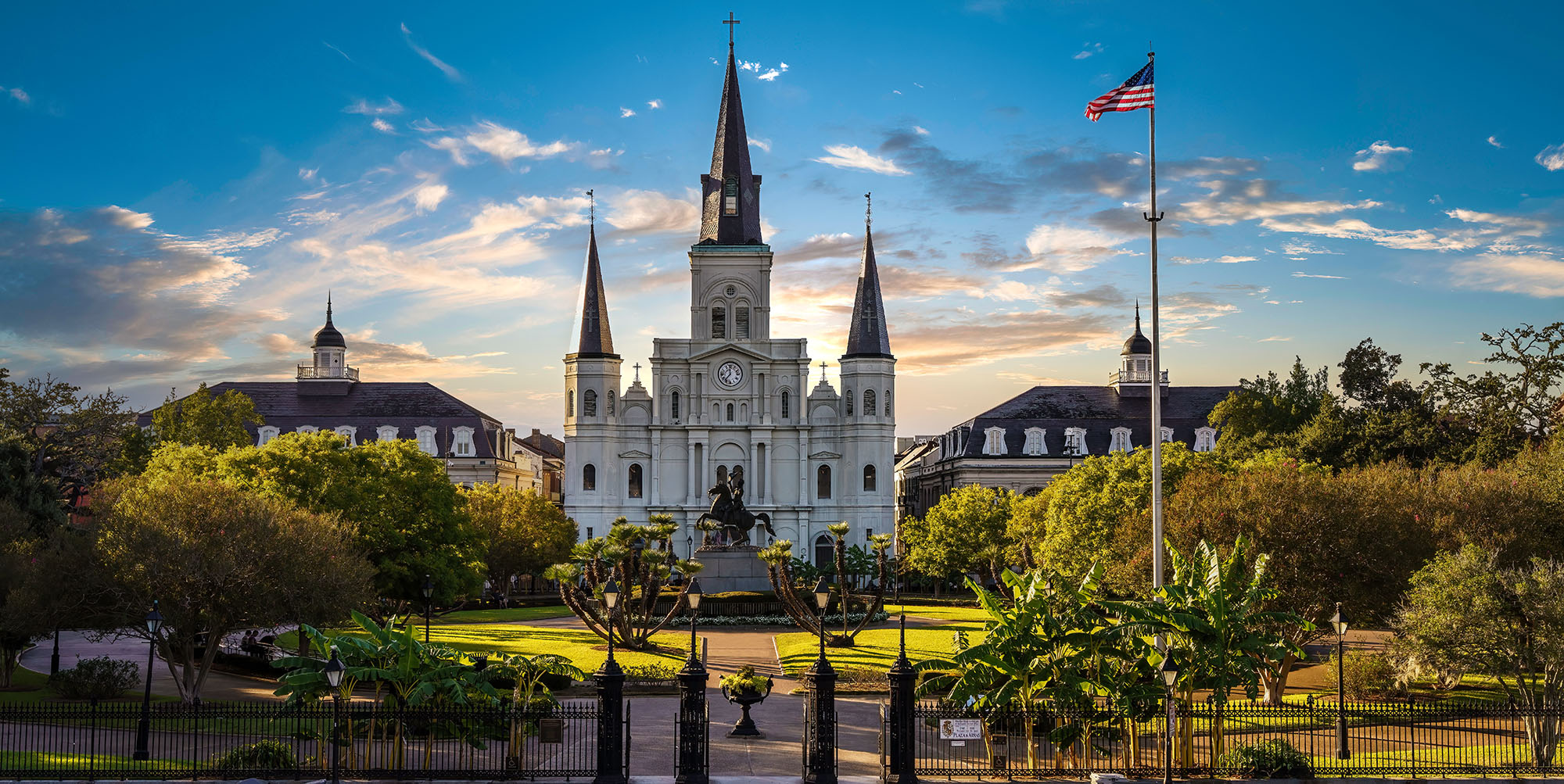
Best Neighborhoods To Find Culture
Tremé and Bayou Road
When looking for the best places to visit in New Orleans to be around Black people, this can be almost scarily difficult to work out on your own in a city that is 60% Black, according to the 2020 census. This is especially true when it comes to the French Quarter. The Quarter appears to be roughly 70% Caucasian at first glance, but don’t be fooled: the POC are almost always in the back of the house in our five-star restaurants, getting paid $12-$15 an hour for the dishes customers spend upwards of $75 to eat.
There is such a huge discrepancy between what percentage of the city is Black, and what the French Quarter looks like, that there was a tourism commercial pulled from airing as recently as 2021. It was a 30-second piece, meant to boost tourism in the wake of Hurricane Ida. The tagline was, “The New Orleans You Love Is Back”- though apparently the New Orleans the ad company responsible showcased was almost completely devoid of Black people. Which is perplexing, to say the very least, in a city that owes almost all of its culture and tourist hot spots to the ingenuity and know-how of the West Africans, Caribbeans and Native Americans who crafted it.
It took me much longer than it should have to realize that the culture of a place is shaped by those who were charged with building it. Because of this, New Orleans is one of the most West African cities in the nation; the enslaved who were brought to the Port of New Orleans in 1719 were directly from the coast of West Africa, at a time when the rest of the nation was largely in-trading what they liked to call “seasoned slaves”- second, third and fourth generation enslaved people who had already had their families, customs and mores torn from them. Those enslaved in New Orleans arrived in the city with all of this still largely intact.
This is why New Orleans cuisine is basically West African, with Native American ingredients. Red beans and rice is a straight-up West African dish, prepared with Native American ingredients. The reason rice is such a staple to New Orleans cuisine is that, when the French first began to colonize the area, they immediately began to slaughter and displace the Native American population – which means they rid the area of anyone who knew how to farm there. Their crops were failing. They were dying of starvation. The enslaved who were captured and brought here in 1719 were very adept agriculturalists; one of the crops they mastered growing on the silt that is New Orleans were rice paddies, resulting in rice being such a staple to New Orleans cuisine.
The Oldest Black Neighborhood in the nation is said to be Tremé, or as locals refer to it, “6th Ward.” By 1810, this part of the city, which borders the French Quarter, was over 60% owned by free people of color. No other neighborhood in the nation can say that. However, gentrification largely took hold, most recently in the wake of Hurricane Katrina, and the birthplace of jazz is now perhaps closer to 30-40% Black-owned, at best.
There are still stretches of the city where one can find Black folks, as well as pods of Black-owned businesses. One of the best places for this is Bayou Road, which spans from Esplanade Ridge to the French Quarter.
Many of the businesses you will find on the listicle offered here run along Bayou Road, which is the oldest road in New Orleans. In retrospect, that actually lends context on as to why the majority of the businesses that span the street are Black-owned. The majority of African Americans have families that date back to the US further than their average European counterpart; it makes sense that this 300+ year-old road would be home to some of the best Black-owned bookstores, cafes, beauty shops, and natural self-care products in the city.
This is not to say that there aren’t Black-owned gems to be found in the Tremé to this day. There are some vestiges from the past that have either managed to hold on to their original locations, or have found new places to set up shop in the neighborhood. There are also increasingly more Black-owned businesses that are being opened in the Tremé, as a concerted effort to restore the neighborhood back to its former glory in the wake of Caucasian-owned Airbnbs that have ravaged the area.
Author
-
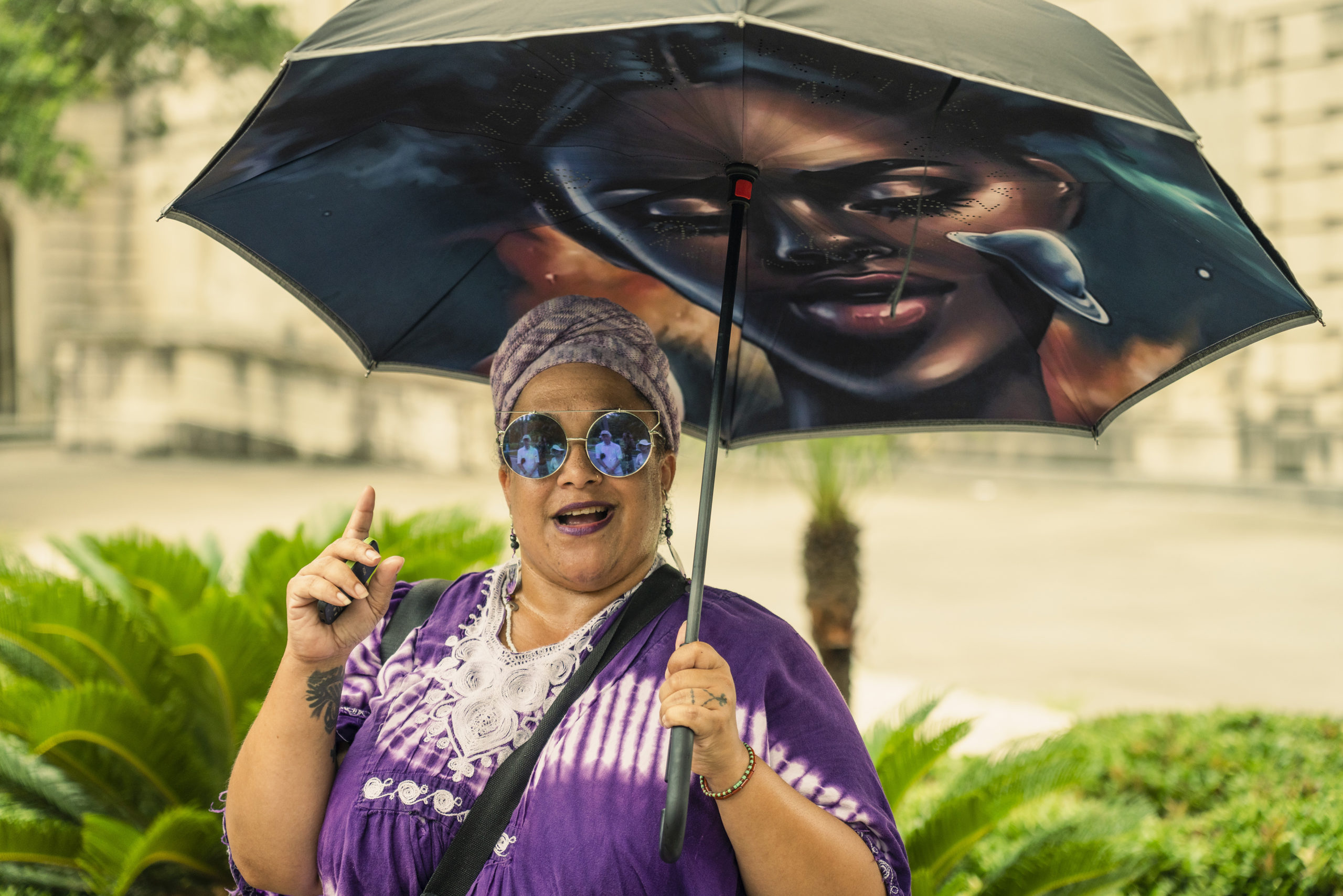
Malika Hadley Freydberg is a multi-medium performance and visual artist based in New Orleans, Louisiana, as well as co-owner and tour guide of walking tour company Anansi’s Daughters, LLC. She’s a four time national slam poet, and is currently working on her first novella. She’s had a fascination with magick and Conjure Women since she read “Mama Day” by Gloria Naylor at age 9, and became determined to become a woman of magick from that day forward. She works as a tour guide, sharing the history and folklore of Southern Louisiana, which has informed most of her work since 2016.
View all posts
Book An Experience
Melanin Miami
Discover Miami's African American heritage on the Melanin Miami Tour, a exploration of cultural landmarks and Black-owned businesses.
Share this article
Discover Sepi Stories

-
8553 N Beach Street Suite 138
Ft Worth, TX 76244
- Become a Vendor
- Home
- My Passport (Coming Soon)
- Book Experiences
- Edit Profile
- Login
- Logout
Support
- FAQs (Coming Soon)
- Phone: 641-754-0072
- Email: contact@rfc.jfk.mybluehost.me
- Sitemap
- Privacy Policy
- Terms & Conditions
- Non Discrimination Policy

-
8553 N Beach Street Suite 138
Ft Worth, TX 76244
- Become a Vendor
- Home
- My Passport (Coming Soon)
- Book Experiences
- Edit Profile
- Login
- Logout
Support
- FAQs (Coming Soon)
- Phone: 641-754-0072
- Email: contact@rfc.jfk.mybluehost.me
- Sitemap
- Privacy Policy
- Terms & Conditions
- Non Discrimination Policy
Sepi LLC © All rights reserved 2024.

